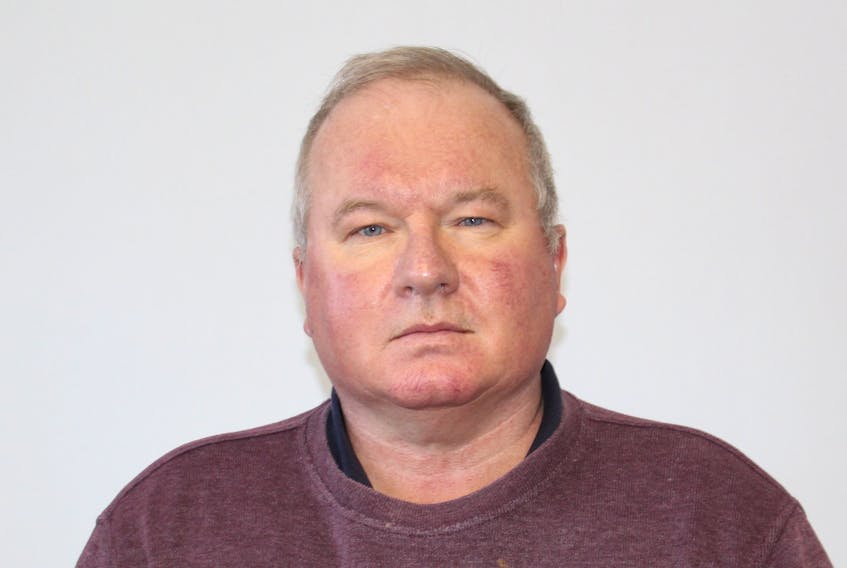After what seemed an interminably long campaign and a protracted voting process, the Cape Breton Regional Municipality (CBRM) election is over and let us be glad that it is so.
First, full marks to the winner of the mayoralty, Amanda McDougall. She waged a wonderfully organized and choreographed campaign, well-financed, its election platform suitably fashioned to win votes and it proceeding uninterrupted on a carefully orchestrated course.
It really was more a procession than a campaign, with each of its elements exploiting every opportunity to successfully ride to the finish line.
From the outset, there was a clear desire in the community for change. McDougall’s campaign capitalized on this and together with a strong base of personal support from much of the local political class and public sector establishment, her victory was all but assured from the outset.
That said, Cecil Clarke did just about as well as was possible for his campaign to do. Allow me to explain.
When Clarke first ran for mayor, back in 2012, he captured some approximately 57 per cent of the vote. That was his high watermark. Next time around, that total went down to approximately 52 per cent. It was to be anticipated that his overall vote, especially in a crowded field such as this one, would decline even further.
Clarke’s only hope lay in the vote against him being sufficiently scattered about among all five of his opponents. Nothing of the sort even came close to occurring. Together the candidates, other than McDougall, opposing him gathered a meagre 12 per cent of the vote total. This represented an abysmal outcome for them. The public overwhelming split between the two establishment politicians, Clarke or McDougall, and had no time for candidates not in that club.
McDougall took 80 per cent of the non-Clarke vote or four out of every five electors who wanted Clarke out of the mayor’s office. This in itself was a remarkable achievement on her part. It also again reflected the public’s desire for change. It was apparent that only she was a plausible alternative to Clarke and if one wanted him out, logic dictated that one’s vote should go to her.
By contrast, voting for one or other of the remaining four candidates amounted to no more than a protest and clearly the public was in no mood for mere protest. They wanted change or at least what they perceived as change.
In council contests, there were both interesting and predictable races. In terms of the latter, the re-elections of Darren Bruckschwaiger and Earlene MacMullin were all but pre-ordained. Both have developed high profiles on council and in their respective districts. Among the more interesting contests was District 6 where, in what came down to a three-way fight, Glen Paruch emerged the winner with the early favourite, Todd Riley coming third.
The rather easy defeat of Coun. Esmond (Blue) Marshall was also something of a surprise. It was predicted that in a crowded field, as was the case in his district, he would hold much of the Eskasoni vote and win. Full marks go to Cyril MacDonald for demonstrating that elections still mean something.
The prize for least interesting race goes to District 8 where it was difficult to determine if there was even an election in that area. Candidate James Edwards emerged the strong winner and his being an adept former CRA tax collector may serve council well as it seeks out the revenue necessary for the new ambitious spending programs touted in the platforms of the new mayor and many on council.
The new voting method brought on by emerging technologies and more so, on this occasion, at least, by the COVID-19 pandemic seems to have passed the test. However, was it necessary to run it over 10 days or could a more abbreviated time frame have sufficed? This may be something to look at.
Among all the statistics the one that is likely most telling is the fact that in a population of slightly more than 90,000 people, about 80,000 were entitled to vote. This reveals how small our under 18-year-old demographic is and how vital it is as a factor in current and future municipal government planning.
David Delaney is a keen observer of local politics. He lives in Albert Bridge.








